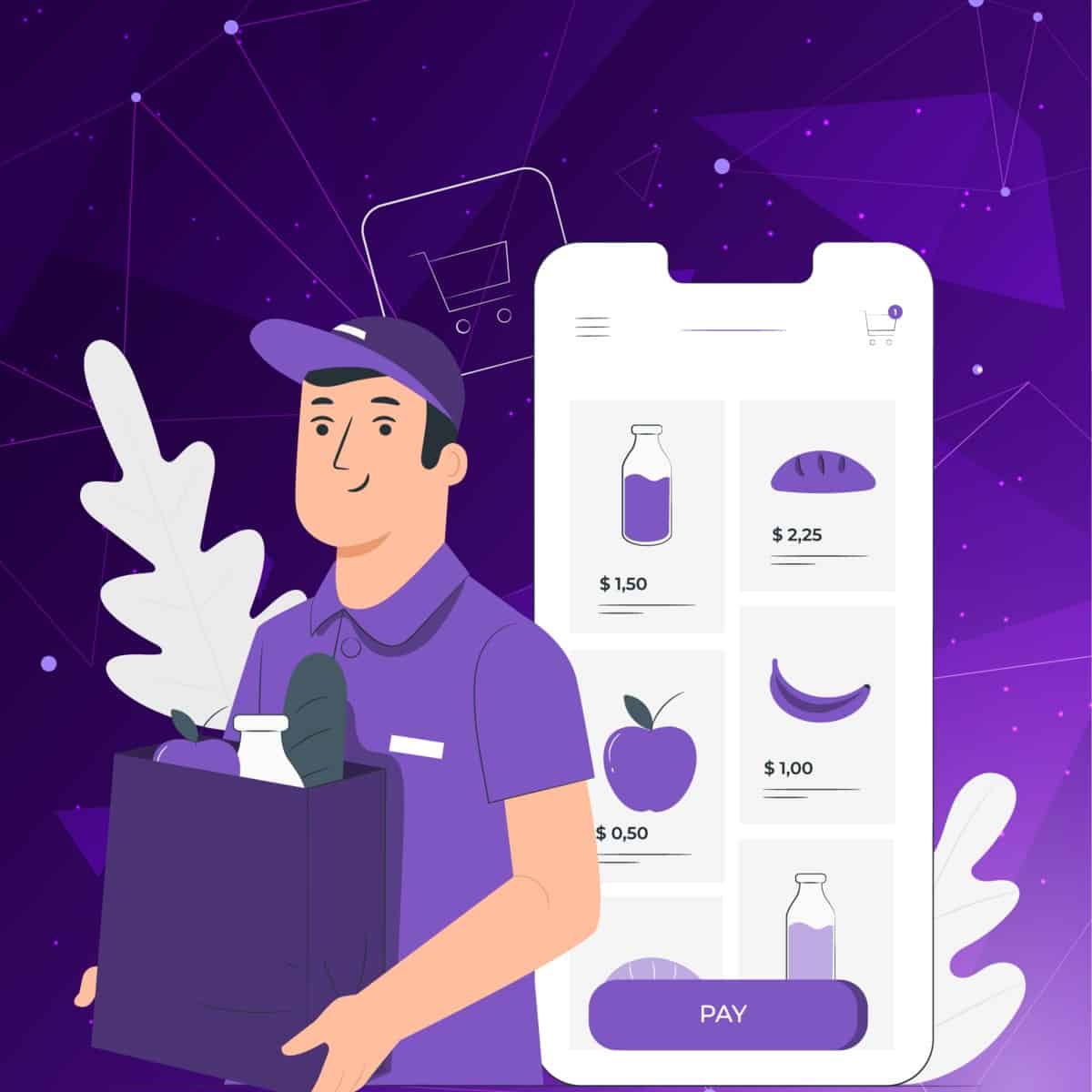Throughout the years, the internet has been increasingly more mobile than desktop-oriented. In fact, data from Adobe Digital Insights confirms that as much as 70.5% of social referrals to ecommerce sites come from smartphones.
Brands are expected to give the utmost convenience for users’ consumption at the palm of their hand anytime and anywhere. This includes making products discoverable via social media, making links to ecommerce sites accessible, and most recently, making commerce itself happen on-site in social media platforms by cutting a large portion of what would be a users’ lengthy journey to the checkout cart.
Instagram allows business accounts to tag products with shoppable links, known as the “Shop Now” buttons or Instagram Shopping. Dedicating a page designated for products, displaying prices and descriptions that are directly linked to either an ecommerce website or a Facebook page. Instagram has even created a section on Explore dedicated to shoppable posts and a wishlist section for users’ private “Saved” posts collection. In addition, as part of its social commerce campaign push, Instagram even has an official account called @Shop that curates shoppable items from select users.

Currently Instagram is testing a direct checkout feature where users can shop for the products they want without leaving the platform throughout the shopping process. This makes Instagram not only a marketing channel for brands, but also a digital storefront. Instead of becoming a tool that supports commerce, Instagram is becoming a commerce channel in itself by championing social commerce.
Building a Better Shopping Experience. Social commerce is on its way to revolutionise the way we shop. By moving almost the entire shopping process to social, marketing and branding could evolve into a direct gate to sales. For users, this means a seamless journey from receiving tips from experts or influencers, or discovering new trends, directly to purchasing the product.
This serves as both a challenge and a massive opportunity for marketers, as brands must select the right form of content and distribution channel to connect with target audiences. As social media users become increasingly savvy of digital marketing tactics, quality and authentic content will rise in importance to grab user attention and create purchase conversions.
Furthermore, brands need to build trust among their audience and community in order to secure potential buyers. This requires research and analysis on a brand’s audience, which include social listening through the social media behaviours of the target audience. Tools such as Instagram analytics will increasingly become crucial in this front to bridge the gap between marketing and sales.
The opportunity is quite simple. With a quicker and more direct purchase journey that raises the probability of sales, social commerce is predicted to grow nearly four times by 2024, reaching $84 billion of market size.
Intensifying Partnerships. Part of Instagram’s social marketing prowess is its ability to generate fast brand and product awareness, especially with the help of social media influencers. According to Digital Marketing Institute, 49% of consumers depend on influencer recommendations to make purchasing decisions. Therefore, it is inevitable that Instagram decides to let influencers add a checkout feature on sponsored posts. Combining the trust of influencers and the practicality of Instagram checkout, brands finally have an integrated tool kit to pursue sales through marketing channels.
Hence, in this new era of social commerce, the function and importance of partnership is even more pronounced. Quality content and effective communication channels delivered through Instagram influencers would carry more weight on commercial success through direct sales than ever before.
An Omnichannel Experience. Often misunderstood as a zero-sum game, the rise of social commerce does not spell the fall of regular e-commerce or brick-and-mortar sales. In fact, research shows that younger audiences tend to prefer holistic shop and discovery experiences, such as discovering a product on social media, browsing them on e-commerce, and purchasing them offline.
Mike Froggatt, Director in Gartner’s Marketing practice in an interview with Retail TouchPoints pointed out that “social is really only a piece of the puzzle. […] I still think brands are mainly focusing on pushing users to their own properties for the time being, until the commerce features across social platforms catch up with the market on the data and user information side.”
This is not contradictory, in fact, it makes sense that marketers need to be able to connect their retail and social commerce experience as both methods run in parallel to immerse users in the entire brand experience.
Bradian is the Founder & CEO of Analisa.io, a Social Commerce Intelligence company. Check out his profile on Forbes



















